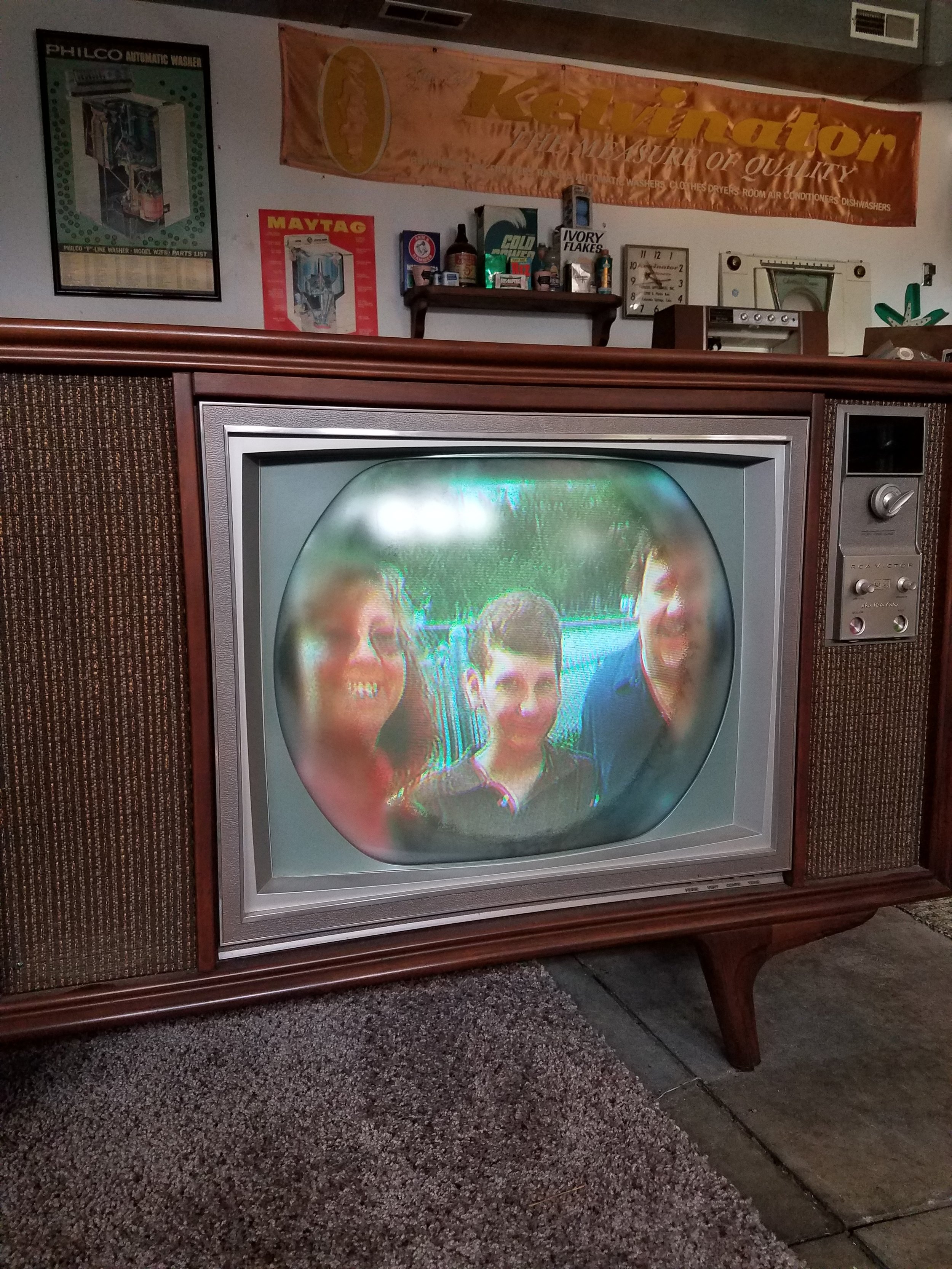Quantum computing and a decentralized future. This REALLY matters folks!
As a sci-fi fan, an artist, and a human, the future of AI is incredibly important to me… as it should be to everyone! Along with this is the idea of having a decentralized system that truly protects data and the human identity. Many companies that we have come to use on a daily basis have clearly demonstrated to us time and time again that they are bad stewards of our data, and have no interest in anything other than more control and bigger profits.
We collectively have the power to change this.
Watch this video to learn more about what Spectral Capital is doing: https://www.youtube.com/watch?v=tn6n6PhX_4I&t=12s
And visit their website:
https://www.spectralcapital.com/
In regards to AI and energy consumption, a problem Spectral is solving: https://medium.com/@thcarrithers/the-hidden-costs-of-data-centers-and-the-future-of-ai-infrastructure-8a217e97d76f
Here you can track the current share price of Spectral: https://www.otcmarkets.com/stock/FCCN/quote
And here you can read all of the press releases in one place: https://www.otcmarkets.com/stock/FCCN/news
If you are interested in investing in Spectral Capital, start by setting up a free brokerage account that allows you to trade on the OTC market (like Charles Schwab, Fidelity or E*Trade)... and feel free to contact me with questions.
Disclaimer:
The information provided in this discussion is for general informational purposes only and does not constitute financial, investment, or legal advice. Any opinions expressed are solely my own and should not be construed as recommendations or endorsements of any specific investment strategies or financial products.
Investing involves risks, including the potential loss of principal. Before making any investment decisions, you should carefully consider your own financial situation and consult with a licensed financial advisor, tax professional, or legal expert. I am not responsible for any financial losses that may result from decisions made based on this information.
Preview YouTube video 1994 Internet VS 2024 Quantum Computin
1994 Internet VS 2024 Quantum Computin


















































































